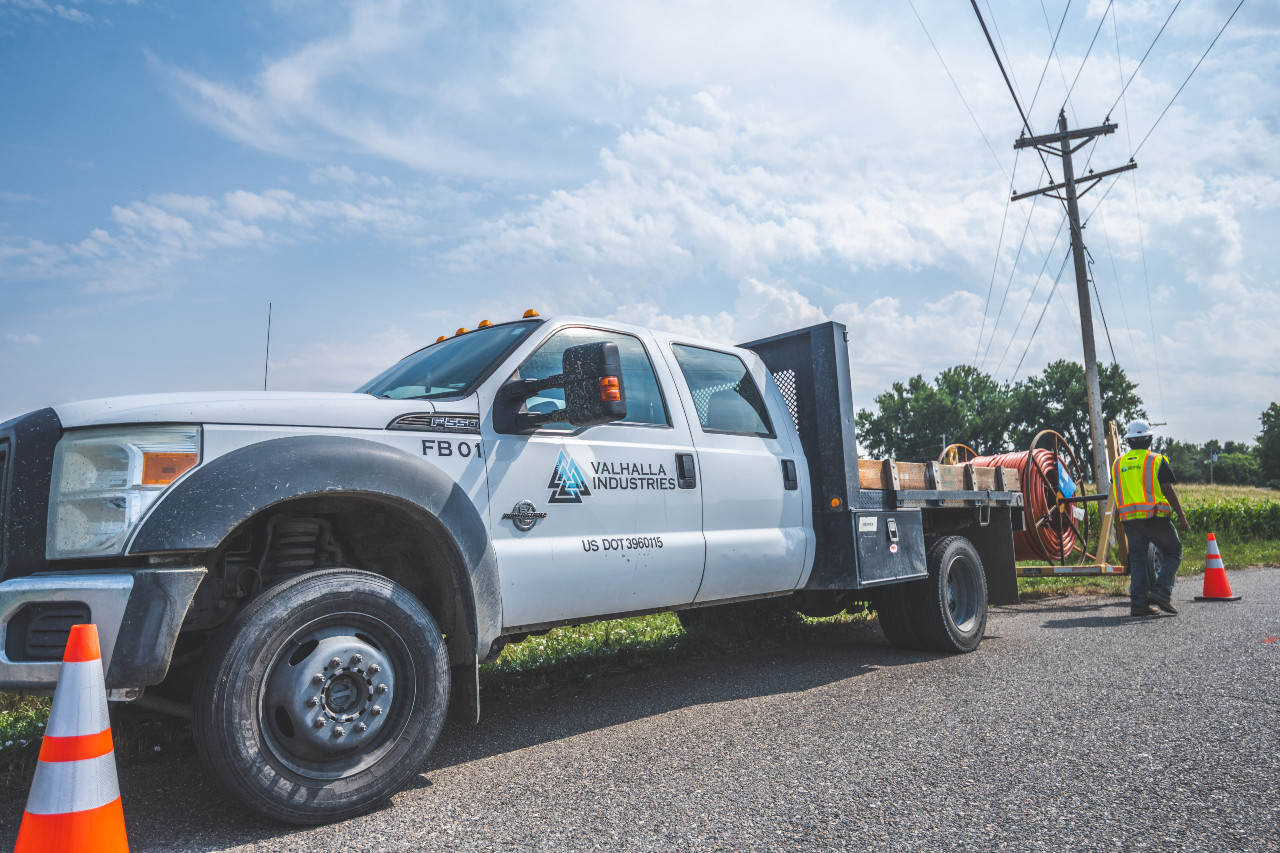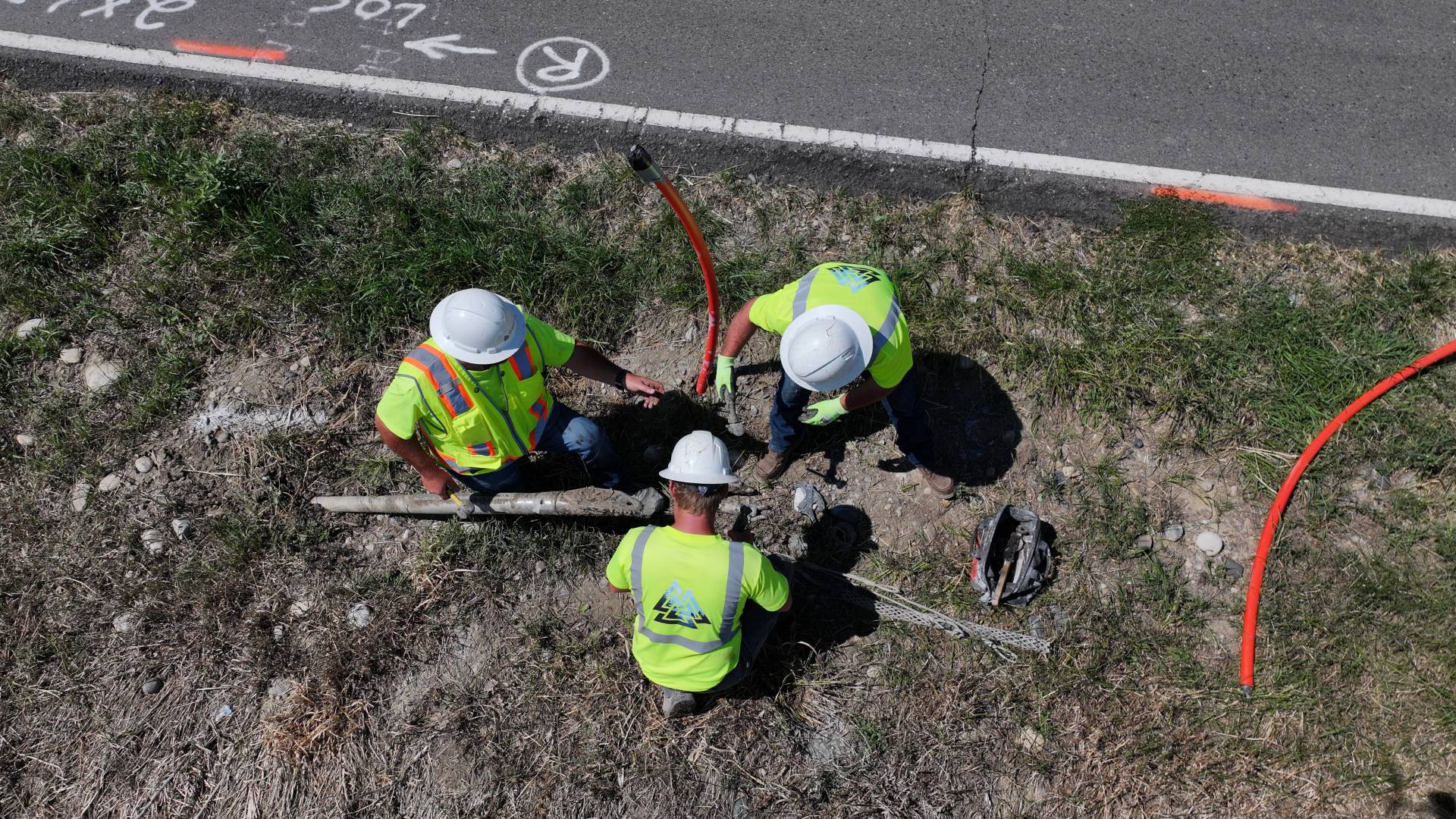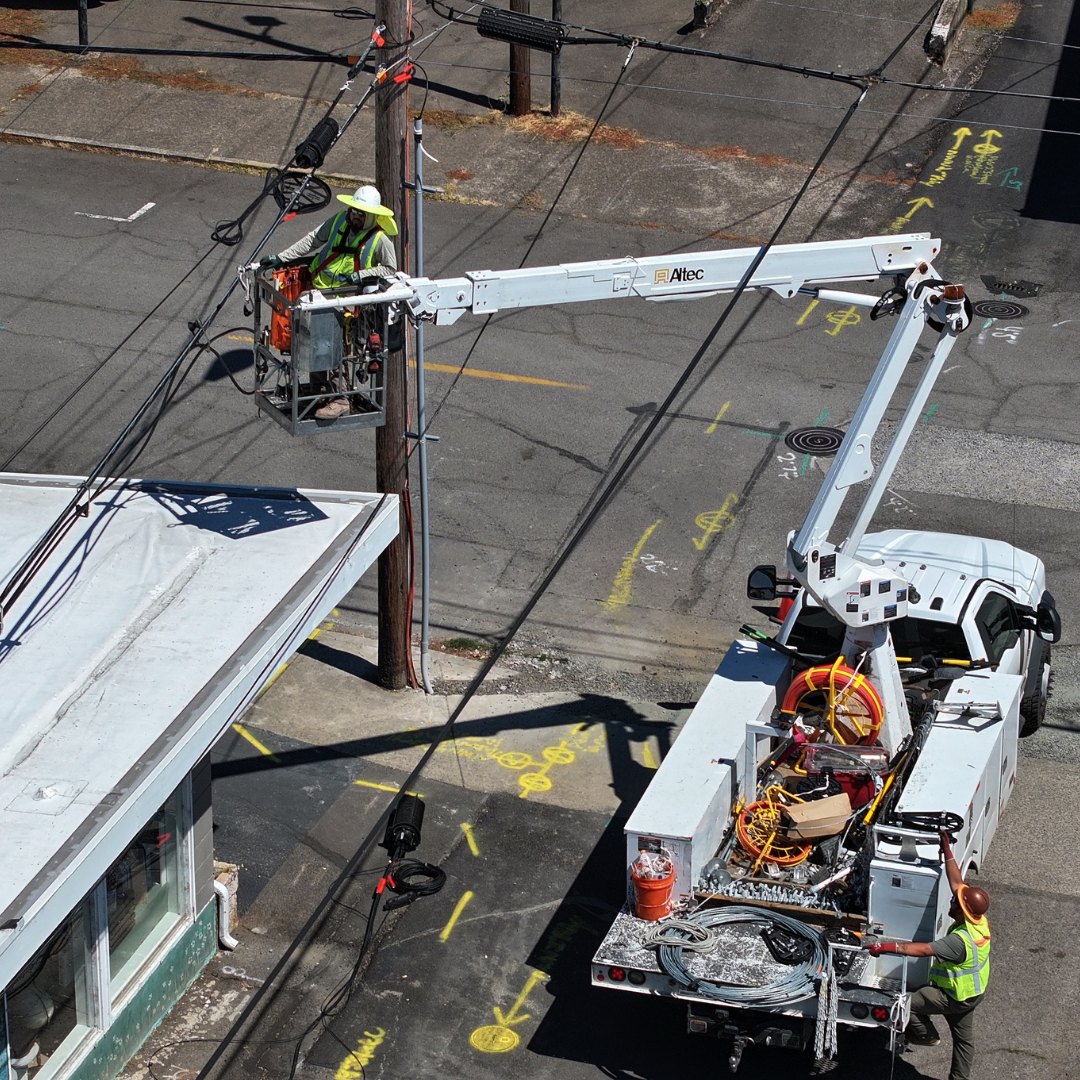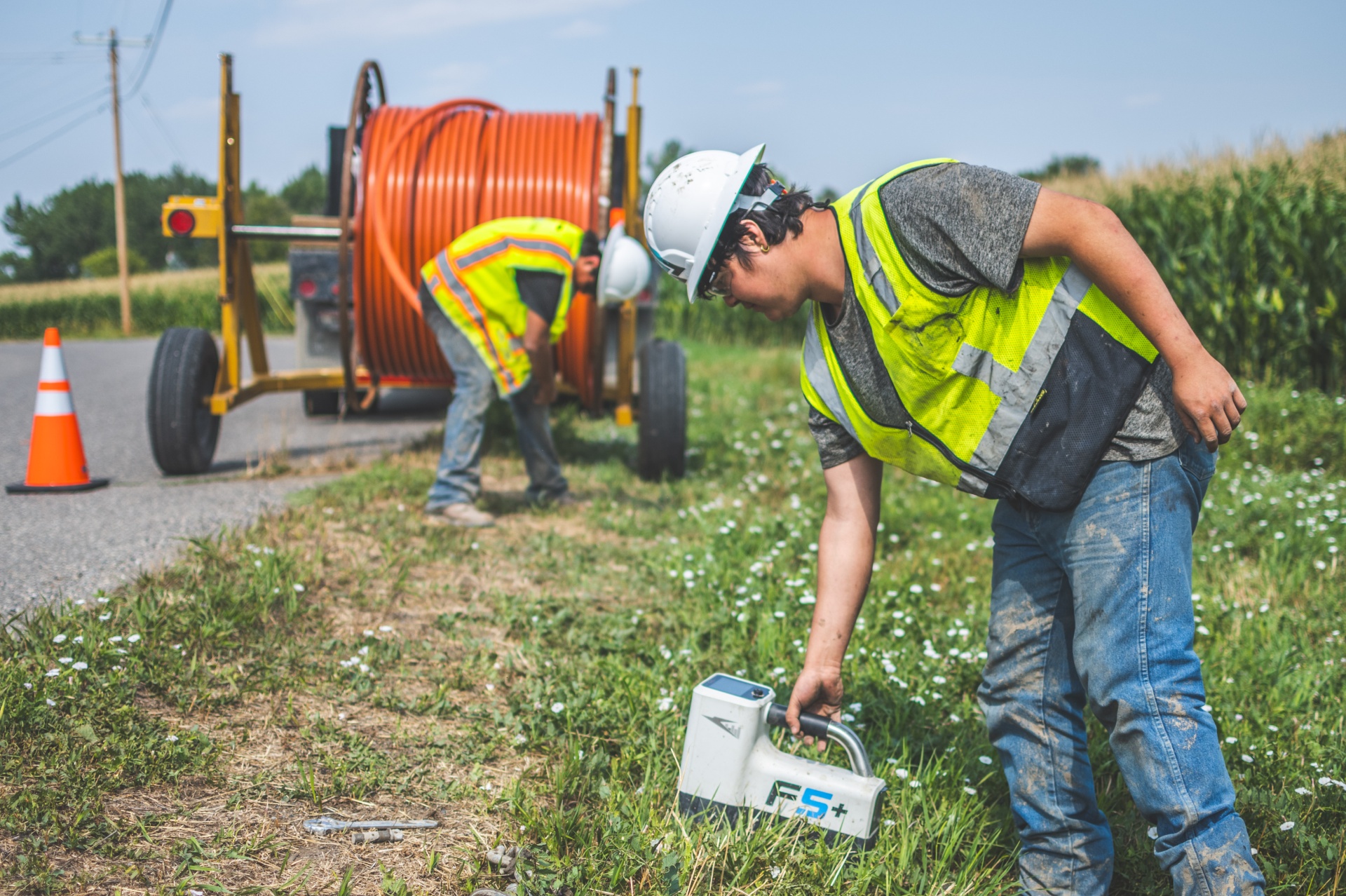In the fast-paced world of telecommunications and broadband technology, middle-mile placement is often the unsung hero of high-speed connectivity. Sitting between the internet backbone and the last mile, this essential infrastructure layer helps transport vast amounts of data to Points of Presence (PoPs) and local networks that feed end users. For Internet Service Providers (ISPs), understanding and optimizing middle-mile logistics can be the key to cost savings, scalability, and better customer satisfaction.
What Is the Middle Mile?
The middle mile refers to the portion of a broadband network that connects major transport routes—such as the internet backbone or a core data center—to local access networks. These access networks then provide the last-mile connection to homes and businesses. Typically deployed using high-capacity optical fiber, middle-mile infrastructure is the transport backbone enabling efficient communication between ISPs and distribution points such as data centers, warehouse hubs, or retail locations.
Middle-mile architecture includes fiber optic cables, microwave systems, and sometimes satellite or wireless technologies to deliver robust routing capabilities. These systems can integrate with modern technologies like machine learning and artificial intelligence (AI) to optimize performance, enhance visibility, and improve overall operational efficiency.
Why Middle Mile Placement Is Crucial for ISPs?
- Cost Efficiency and Scalability
Leasing capacity on established middle-mile networks reduces the need for ISPs to build and maintain long-haul infrastructure. This means faster deployment and scalability, especially in rural areas where laying new fiber is cost-prohibitive. - Bridging the Digital Divide
By strategically placing middle-mile infrastructure, ISPs can extend high-speed broadband into underserved areas. This supports goals set by the National Telecommunications and Information Administration (NTIA) and helps close the digital divide. - Enhancing Network Performance
Middle-mile networks act as the critical link between data centers and access networks, enabling faster data transport with minimal latency. This is especially important for applications reliant on 5G, cloud computing, and the Internet of Things (IoT). - Driving Innovation in Fleet and Asset Management
Middle-mile logistics isn’t just about data—it also involves real-world transport operations. For providers managing truck fleets, telematics and electronic logging devices improve visibility, tracking, and regulatory compliance. Route planning software and dispatch optimization can further reduce delivery times and increase customer satisfaction. - Future-Proofing Infrastructure
As demand for bandwidth and services like video streaming, smart devices, and digital automation increases, ISPs need infrastructure that can evolve. Middle-mile fiber provides the capacity and flexibility to support future technologies and increased traffic volume.
Where Middle Mile Networks Are Deployed?
- Along highways and major transport corridors
- Between internet exchange points (IXPs) and PoPs
- Connecting rural or remote access networks to urban data centers
- Near logistics hubs like distribution centers, warehouses, and manufacturing zones
Middle-mile placement is especially critical for ISPs serving hybrid environments, where demand comes from both residential customers and enterprise clients relying on robust internet access, supply chain automation, and secure data transport.
Middle Mile Technologies and Tools
- Optical Fiber: High-speed and high-capacity, this is the standard for data-intensive transport.
- Wireless and Microwave: Useful in hard-to-reach areas or as redundancy layers.
- Routing Software and Machine Learning: Helps automate data traffic, reduce bottlenecks, and increase reliability.
- Fleet Management Tools: Essential for tracking the physical delivery system of cables, equipment, and machinery to deployment sites.
FAQs: Middle Mile Placement and ISP Optimization
- How does middle-mile placement affect internet performance? Middle-mile networks reduce latency and improve throughput by providing a direct, high-capacity path from the internet backbone to access networks.
- Why is optical fiber used in the middle mile? Fiber offers the best performance in terms of speed, bandwidth, and durability, making it ideal for high-volume, long-distance data transport.
- Can middle-mile infrastructure help rural areas? Yes. Strategically placed middle-mile networks allow ISPs to bring high-speed broadband closer to underserved communities.
- What role does fleet management play in middle-mile deployments? Efficient fleet management ensures the timely delivery of equipment and resources, enabling faster network builds and reduced downtime.
- How does the middle mile support 5G and IoT? Middle-mile infrastructure carries the increased data load generated by smart devices and wireless networks, supporting faster and more reliable connections.
Partner with Valhalla Industries
Middle-mile infrastructure is the foundation for robust, scalable, and future-ready broadband networks. At Valhalla Industries, we specialize in deploying tailored middle-mile solutions that enhance connectivity, improve customer experience, and support long-term growth. Whether you’re expanding into new markets or upgrading existing systems, our expert team is here to help you optimize every link in your digital delivery system.
Contact Valhalla Industries today to explore how our middle-mile services can power your network—and your business—into the future.






